sphynx newborn kittens
 Newborn Kittens Sphynx. Little Bald Cats Sleep And Drink Milk... Stock Photo, Picture And Royalty Free Image. Image 115810076.
Newborn Kittens Sphynx. Little Bald Cats Sleep And Drink Milk... Stock Photo, Picture And Royalty Free Image. Image 115810076.Our Other SitesDeactivated Death (Fading Kittens) August 20, 2018 The deaths of kitten are a cause of anguish for both the breeders and the owners, but the causes and prevention of deaths are similar if the situation is the environment of breeding, home or rescue/salenter. When cats are reproduced, it is inevitable that some kittens die, and a low level of loss must be expected. Usually pedigree cats have higher levels of cat death than non-pigríes. In a comprehensive study of pedigree cats, about 7% of kittens were still born (dead at birth), and another 9% died during the first eight weeks of life (most in the first 1-3 weeks). The proportion of live kittens at 8 weeks of age varies between races (about 75% to 95%) with the highest mortality among Persian kittens. Death before weaning Most of the deaths of kittens occur before birth (all kittens born) and during the first week of life. Once the first week passed, mortality rates drop dramatically. Most early deaths are due to non-infectious causes, while the mortality rate may increase slightly more after the weaning becomes more common. Most kittens are protected against many infectious diseases during the first weeks of the queen's life (mother immunity). Kittens that die between birth and weaning are often called "fashioned ducks". Neonatal kittens (new) may suddenly die, or "force" in a few days. Unfortunately, clinical signs of many of the diseases affecting newborn kittens are very similar and vague. While normal kittens tend to cuddle together and sleep happy among food, sick kittens tend to lie separately, they are generally more restless, unwilling to suck, and cry frequently (if still strong enough to do so). Neonatal kittens are vulnerable because the mechanisms that regulate temperature control are poorly developed, are at greater risk of dehydration and low blood sugar (hypoglycemia), and the immune system is immature. Therefore, regardless of the initial cause, these kittens can die quickly. Main causes of death before weaning Common property of 'Favourite Capits' Factors related to anger and queen A congenital anomaly is a physical defect present from birth. Such defects may be genetic (inherited) or simply developmental (e.g., exposure to teratogens – drugs, diseases or other conditions – that induce defects in the developing fetus). Common birth defects include: Serious defects often result in neonatal or childbirth deaths. Softer disorders can result in discolored kittens, or are only made evident later in life. Because endogment increases the risk of genetic disease, congenital disorders are most often observed in pedigree cats. Low birth weight Low-weight kittens are particularly susceptible to hypothermia, dehydration, respiratory insufficiency and infections, and have a significantly higher risk of neonatal death. Kittens can be born with low weight due to maternal malnutrition or disease, congenital diseases, infections or any condition that results in a poor supply of placental blood. The average birth weight for most breeds of cat and moggies is about 90-100g, but it is normal for some breeds to have smaller kittens (e.g. Orientals) and some to have larger kittens (e.g., Maine Coon). In general, newborn kittens weighing less than 75g are likely to have a higher risk of death. Inappropriate environment (temperature, humidity, hygiene, overcrowding, over-handling)Environmental factors can be important causes of kitten extinction. These include: Inappropriate nutrition It is vitally important to feed the queen a proper diet – the nutritional demands of a queen that produces milk for her kittens are extremely high and incorrect nutrition can affect the quality of the milk she produces. It is important that the queen be fed with a high quality commercial cat food designed to meet the demanding nutritional needs of breastfeeding. Insufficient milk production may be associated with:Insufficient intake of milk by the kitten may also result from: Supervising food intake and growth of kittens: If the supply or intake of milk is insufficient, additional food will be required. Neonatal isoerytrolysis (NI)In certain cats Neo-Babyte isoerytrolisis (NI) is a relatively common cause of blood. For more information see [blood groups and incompatibility]. Infections (virals, bacterial, parasitic) Normal kittens should suck for the first time within 2 hours of birth – they can absorb antibodies from the queen's milk during the first 16–24 hours of life and it is vital that they sweat well during this period both for good nutrition and to receive this critical immunity derived from the mother (MDI, or antibodies with maternal derivative – MDA) to protect them from infections. The MDA effect will usually begin to fade when kittens are three to four weeks old, but it varies among individuals and will depend on the amount of antibodies present and the amount absorbed. Natural immunity of kittens continues to develop as MDA wans, and since most vaccine regimes do not start up to about eight weeks of age, this can leave a period of time when kittens are particularly at risk of infectious diseases. Kittens that do not suckle will receive enough colostrum and therefore will not be protected by MDA and are particularly susceptible to infectious diseases at an early stage. Factors that can contribute to a higher risk of infectious diseases in kittens include: Respiratory and gastrointestinal infections are seen more frequently, and important infectious agents associated with shut-off kittens include: In kittens, bacterial infections are often seen secondary to viral infections (cat tap, FeLV, FIV, FPV, FIP), although primary infections can also be seen. Clinical signs depend on the site, nature and severity of the infection, but may include diarrhea, cough, respiratory difficulties, arthritis or dermatitis, as well as the less specific signs more typical of the kittens that fade. Ultimately, many of these infections result in septicemia (where blood flow is invaded by large amounts of bacteria) and death. Intestinal parasites (including rosemary and coccidia) may be a problem in which queens are not hooked, or where hygiene is inadequate. Heavy infestations of kittens can result in a poor body condition, soft or bloody nephews, inappropriateness, a paw appearance, weight loss and occasionally death. General approach to the research of gatite mortality The determination of the cause of the extinction of kittens can be very difficult, and many cases are multifactorial. Clinical signs are also generally not specific and the small size of kittens makes it difficult to collect samples. Generally, concern should be raised when pre-destined kitten losses exceed 20 per cent, post-waste losses exceed 10 per cent, the number of losses increases suddenly or a particular cause of death is most often observed. Careful records of all animals (including all kittens) should always be kept in a nursery, and all diseases and deaths should be taken into account. Research usually involves looking at all the ceramics. In many cases it is possible to improve some aspects of the environment, management and/or nutrition of kittens. A complete research will include the search:Thanks for visiting our website, we hope you have found our useful information. All our advice is freely accessible to all, wherever they are in the world. However, as charity, we need your support to allow us to continue to provide high-quality and up-to-date information for all. Please consider making a contribution, large or small, to keep our content free, accurate and relevant. Support International Cat Care of so little £3Thank you. Spread the wordJoin the iCatCare communitySign up for our monthly newsletter and free e-magazine Intelligent Cat Care About usLearn about cats Quick linksJoin the iCatCare communitySign up for our monthly newsletter and free e-magazine Intelligent Cat CareReg Charity 1117342 (England and Wales) Place Farm, Chilmark Road, Ti For more information, please see our . Click Yes, to help us continue making these improvements.

Newborn Kittens Sphynx Image & Photo (Free Trial) | Bigstock

Women's Hands Holding A Newborn Kitten Of The Canadian Sphynx,.. Stock Photo, Picture And Royalty Free Image. Image 94837532.

Newborn Kittens Sphynx Image & Photo (Free Trial) | Bigstock
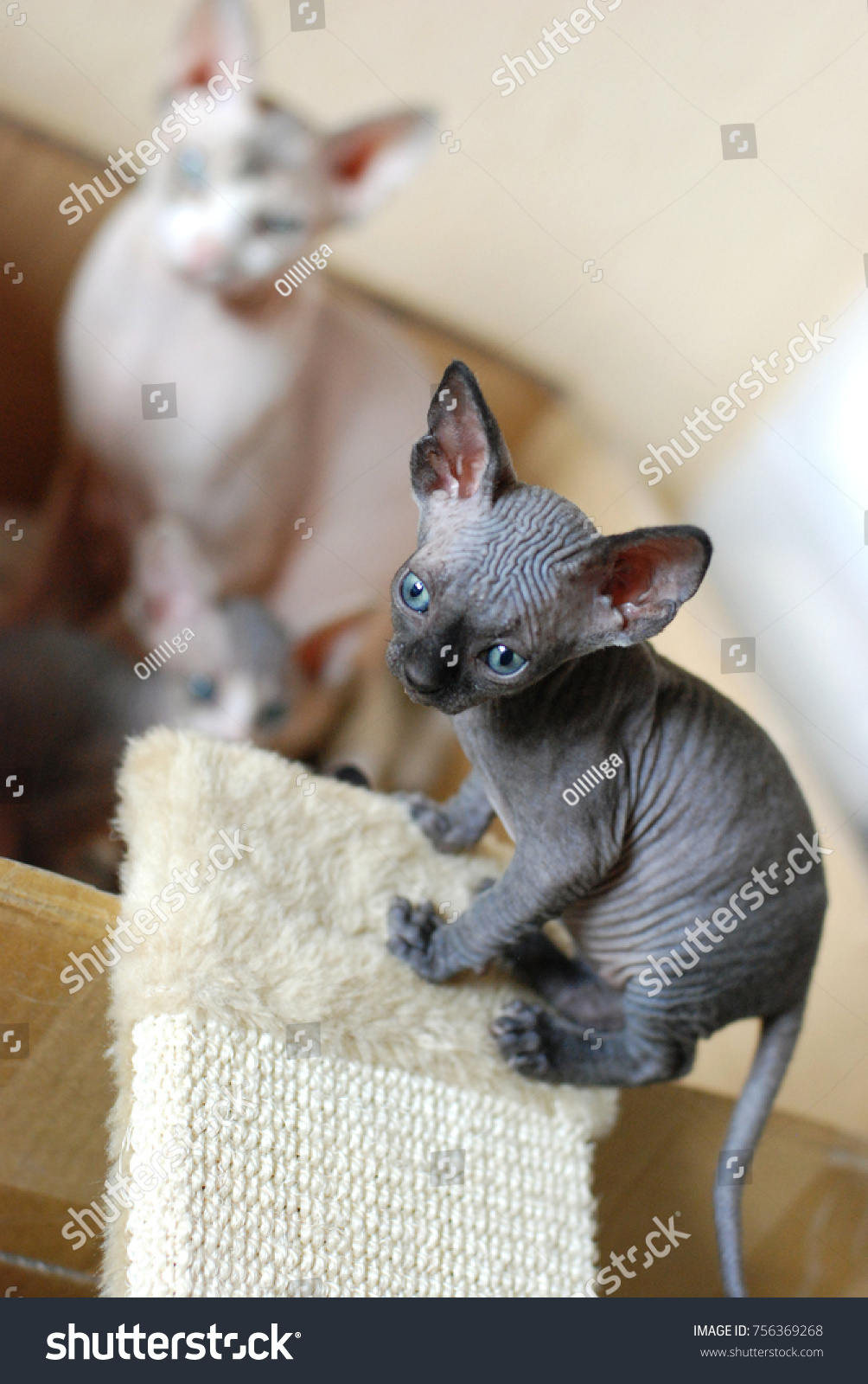
Canadian Sphynx Cat Newborn Kittens Stock Photo (Edit Now) 756369268
newborn kittens Sphynx. lit..." by Chan-iun-chun Volha - Mostphotos
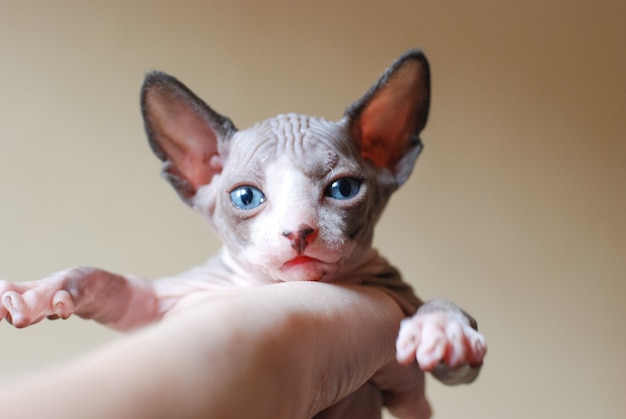
Premium Photo | Newborn kittens sphynx. little bald cats in the hands of a man
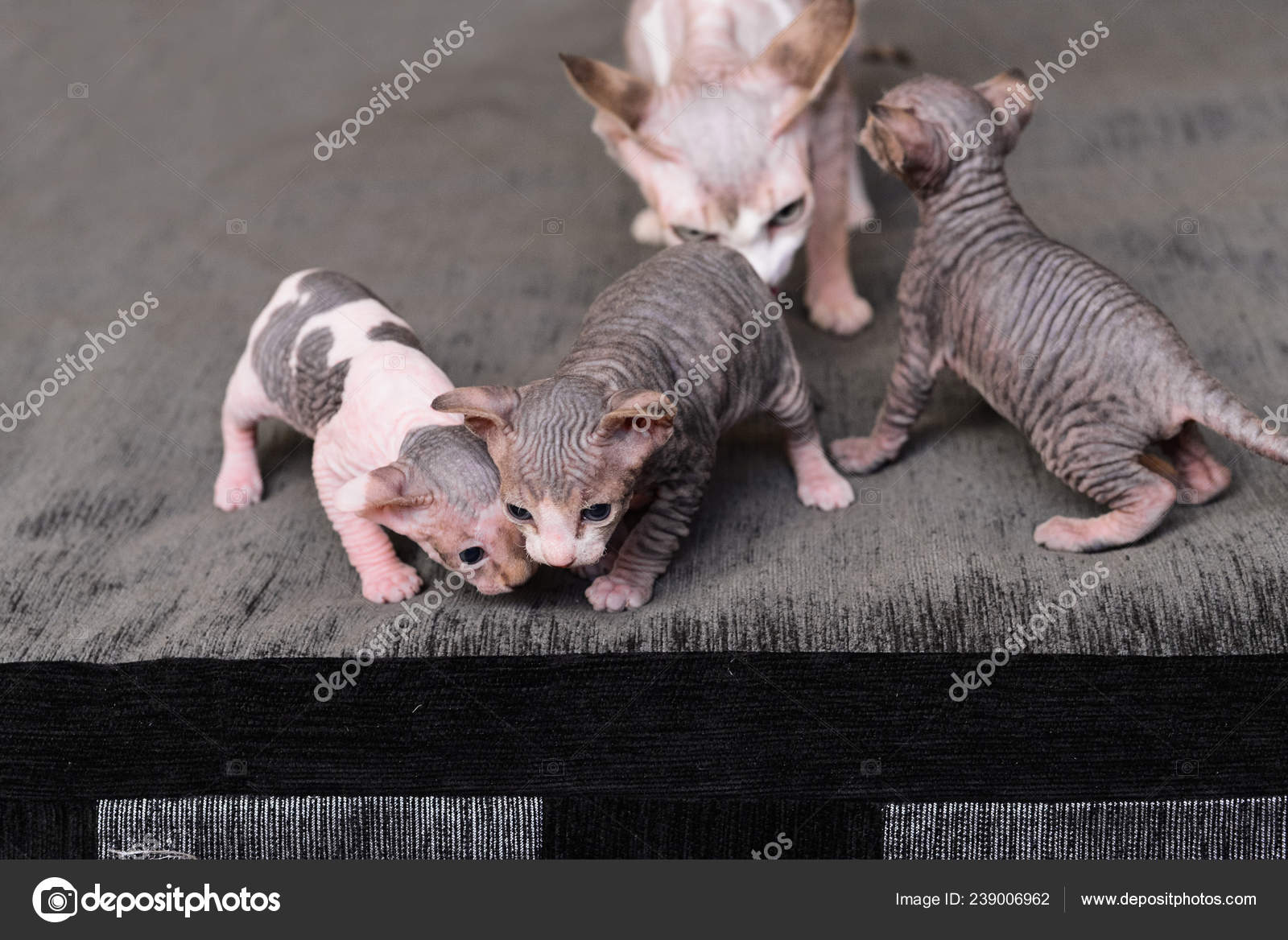
Newborn kittens Sphynx. little bald cats sleep and drink milk. cat family ⬇ Stock Photo, Image by © OlgaChan #239006962

It's Gone Viral - Very Wrinkly New Born Baby Sphynx Cat | Facebook

Pin by Sheryl Nalley on ODDITIES & THE GROTESQUE | Cats, Lykoi cat, Cute cats

Newborn Sphynx Kittens | Too Cute - YouTube

Newborn Kittens Sphynx. Little Bald Cats Sleep And Drink Milk... Stock Photo, Picture And Royalty Free Image. Image 115810072.
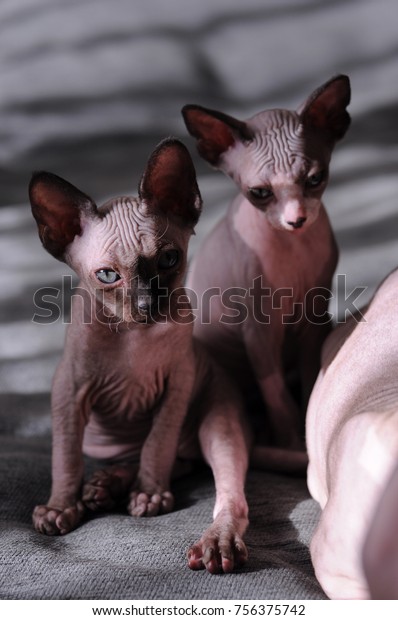
Canadian Sphynx Cat Newborn Kittens Stock Photo (Edit Now) 756375742

WONDERFUL SPHYNX CAT GIVING BIRTH AT HOME | Welcome New Member Of Cats Family - YouTube

Pin by Ann Carpenter on Sweet Animals | Hairless kitten, Hairless cat, Cute animals

Newborn sphynx kittens | One day old sphynx kittens | Flickr
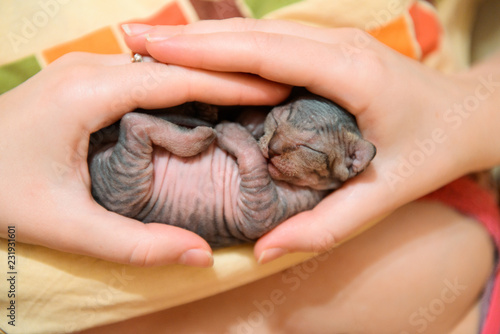
newborn kittens Sphynx. little bald cats sleep and drink milk. cat family - Buy this stock photo and explore similar images at Adobe Stock | Adobe Stock

Canadian Sphynx Cat Newborn Kittens Stock Photo (Edit Now) 756375373

Newborn sphynx kittens | One day old sphynx kittens | Flickr

The newborn canadian Sphynx is afraid of everything. It keep men's hands. ⬇ Stock Photo, Image by © fotoas13 #183536326

Newborn Sphynx Kittens How To Care - newborn kittens
12 day old Sphynx kitten : aww

Caring For A Sphynx Kitten: Learn And Apply
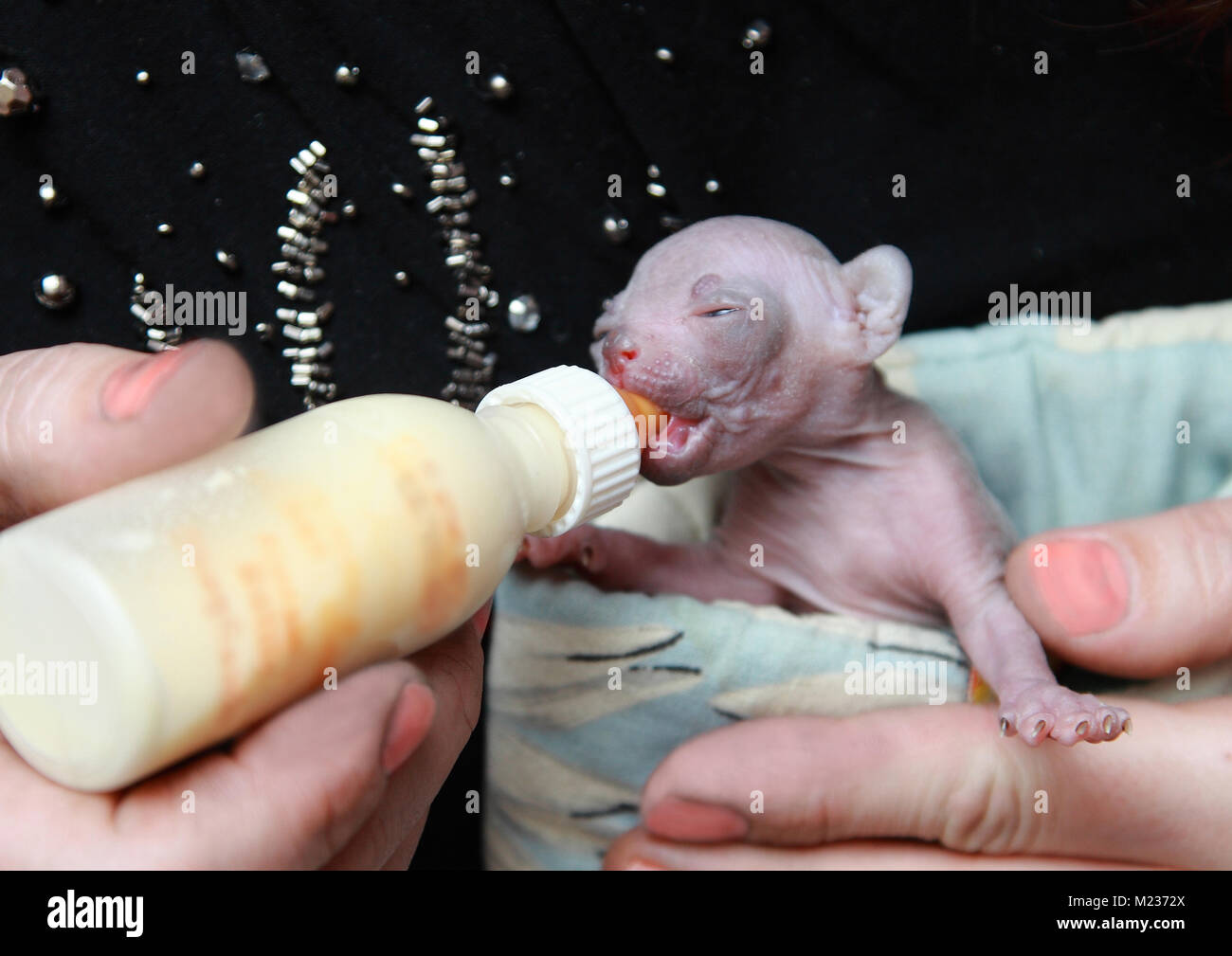
Woman feeding bottle newborn kitten of the Sphinx Stock Photo - Alamy

Newborn Bambino Girl Kitten | Baby animals, Cute animals, Kittens cutest
Newborn Sphynx kitten markings? | Sphynxlair

Newborn Kittens Sphynx Image & Photo (Free Trial) | Bigstock
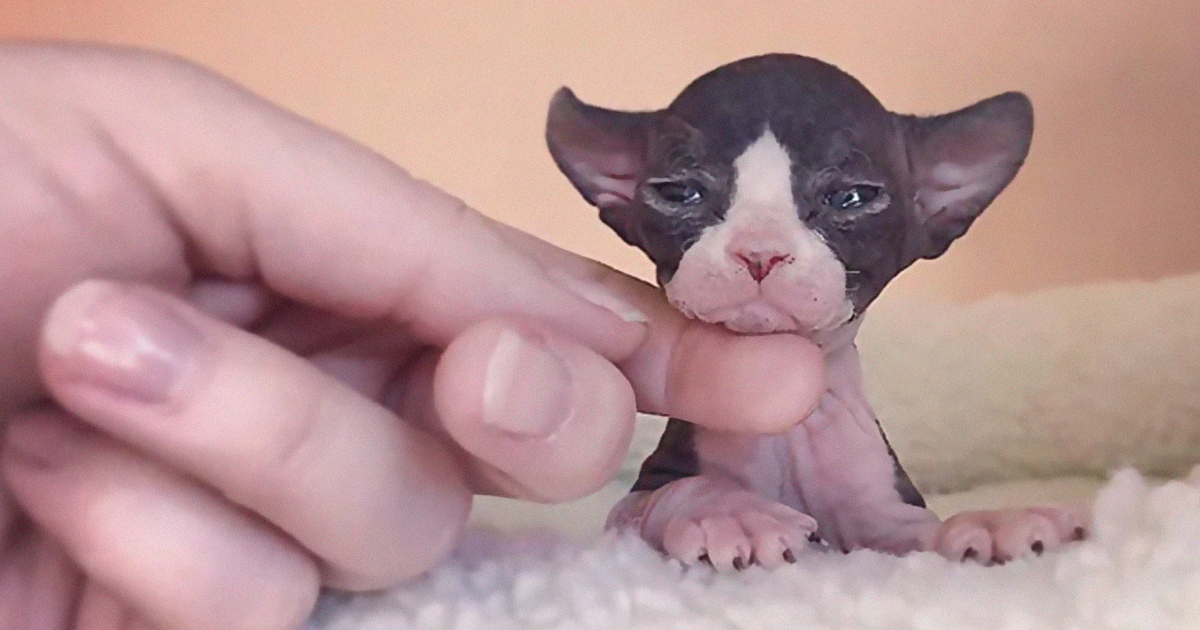
30 Adorable Sphynx Photos To Change Every Sphynx-Haters' Mind | Bored Panda
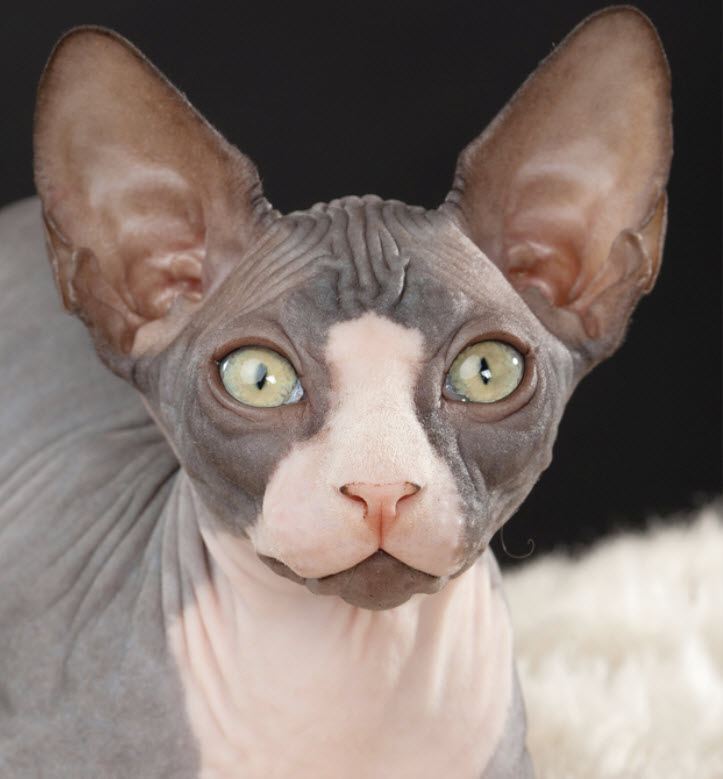
Sphynx
Cats in pictures, photos and videos: Sphynx Kittens Are Wrinkly Little Aliens That Must Be Cuddled To

Newborn Sphynx Kittens (Page 1) - Line.17QQ.com

A Newborn Kitten Of The Canadian Sphynx Male Hands Stock Photo, Picture And Royalty Free Image. Image 95320892.
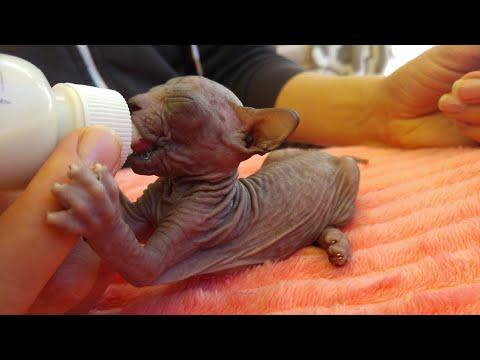
Newborn Sphynx Kittens Get Bottle Fed

This adorable newborn sphynx kitten just recently opened its eyes for the first time. | Sphynx cat, Hairless cat, Devon rex cats
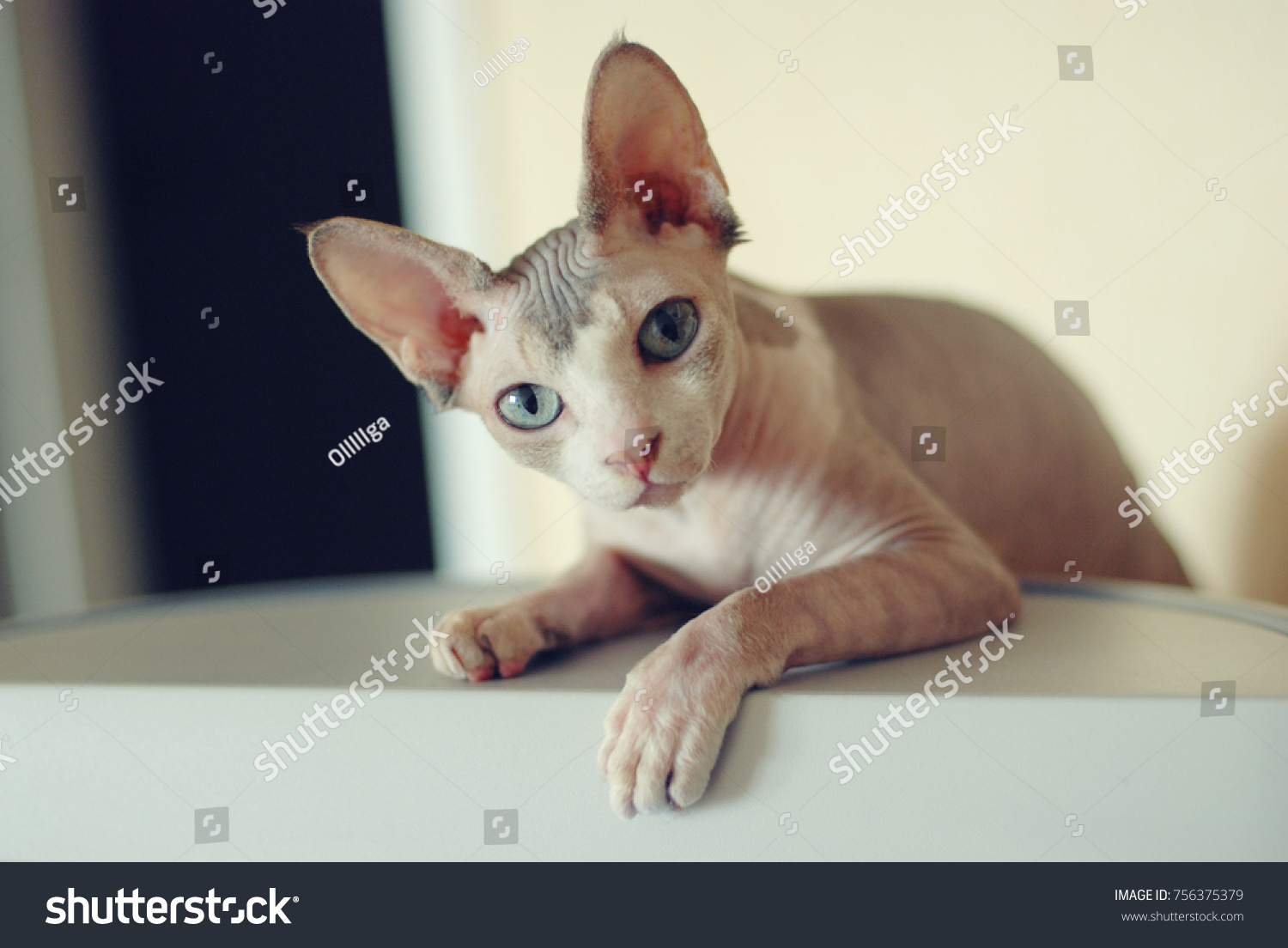
Canadian Sphynx Cat Newborn Kittens Stock Photo (Edit Now) 756375379

Cat MOMMY Nursing Cute Newborn BABY KITTENS 🍼 Don SPHYNX ASMR - YouTube
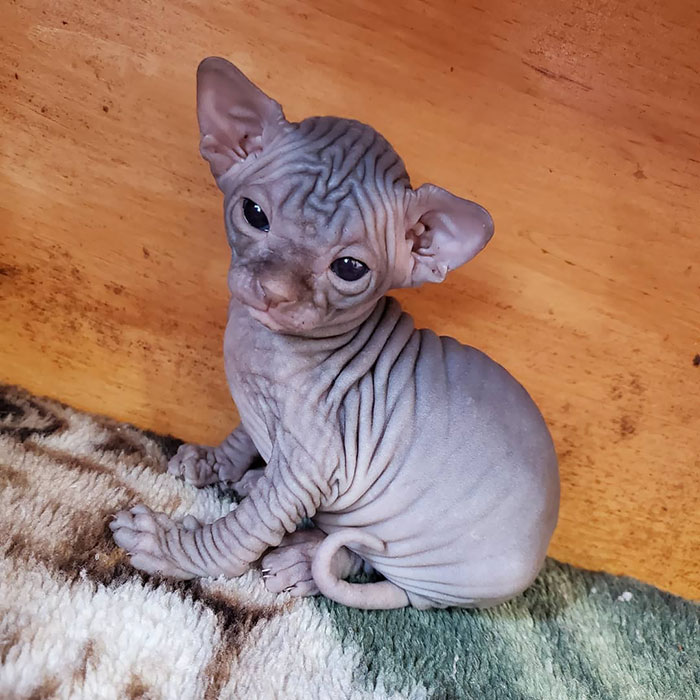
30 Adorable Sphynx Photos To Change Every Sphynx-Haters' Mind | Bored Panda
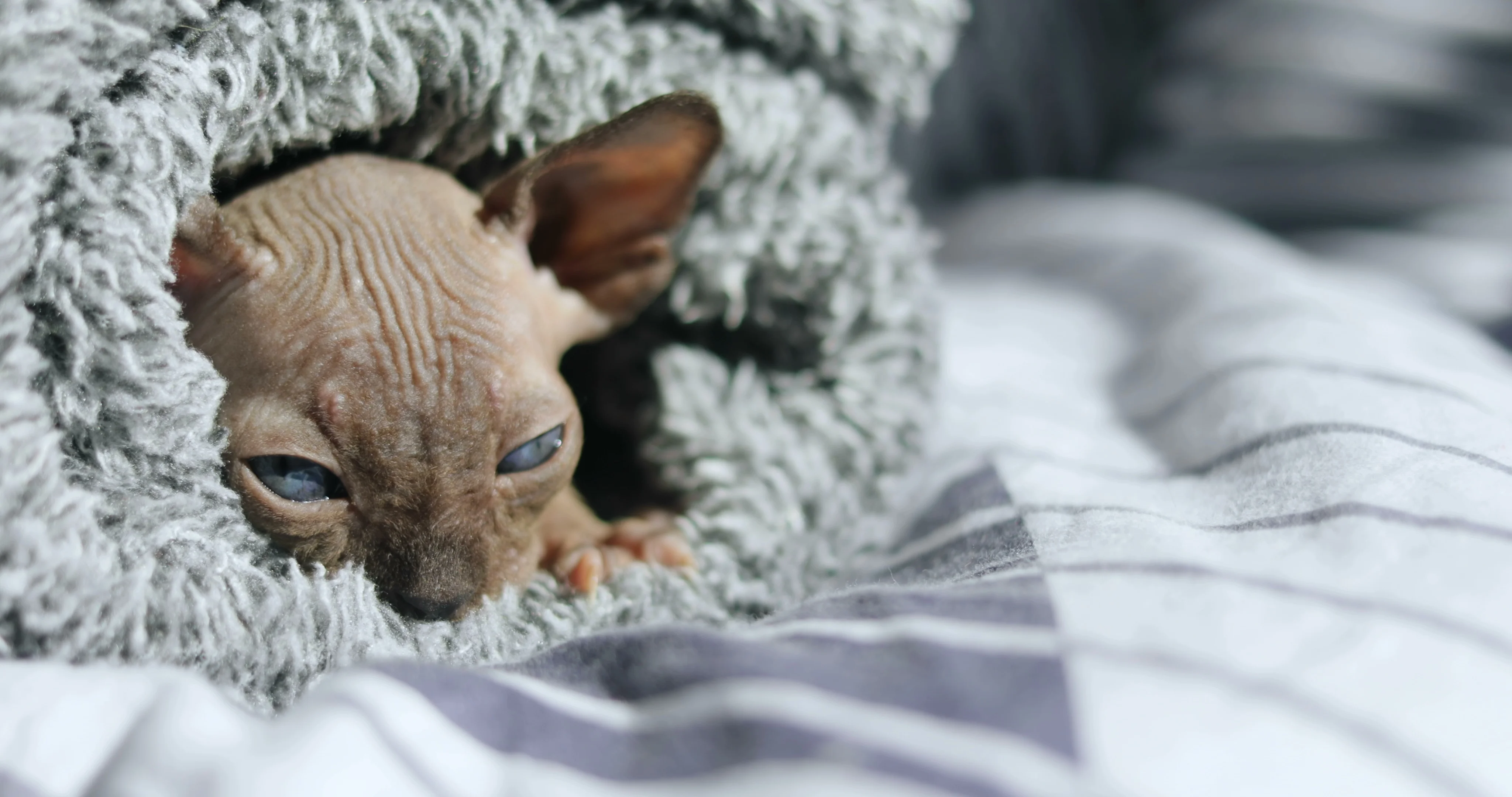
sweet newborn kitten of canadian sphynx ... | Stock Video | Pond5
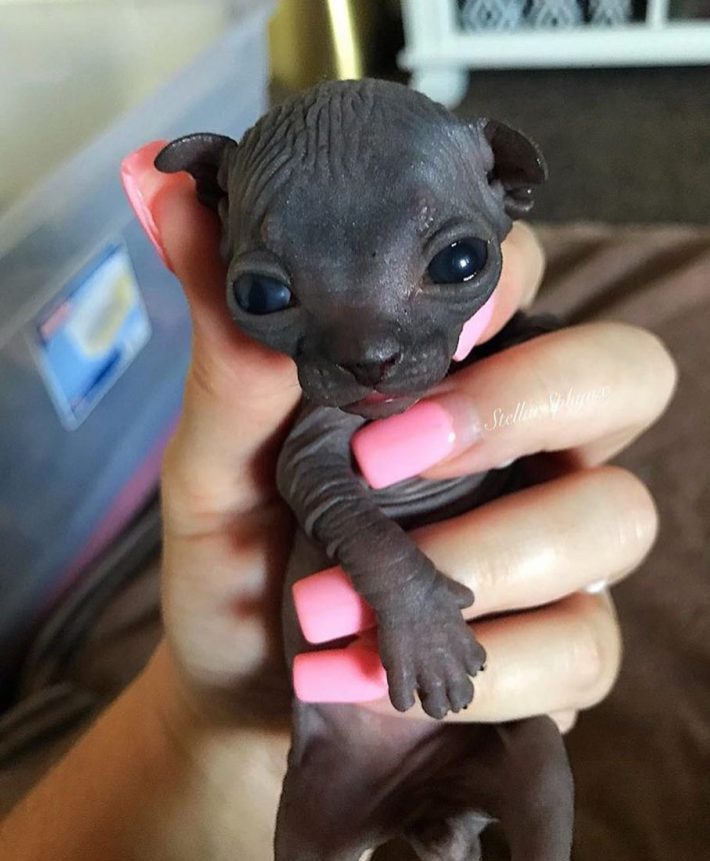
Picture of black Sphynx 'alien' kitten and false pink nails – PoC
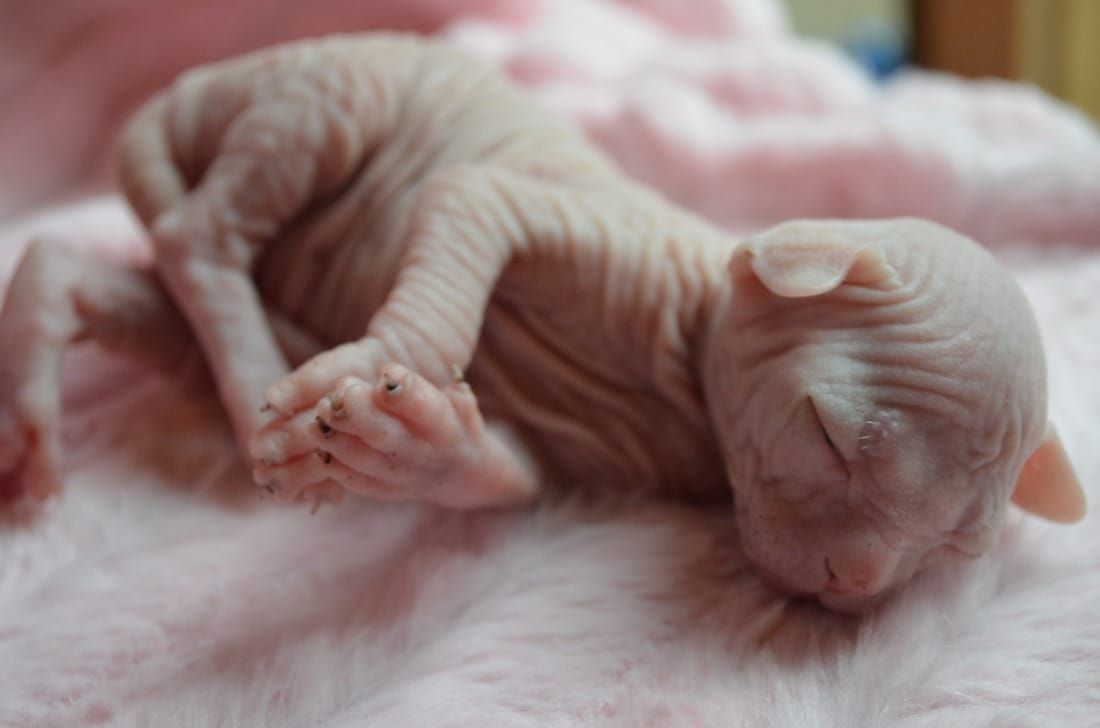
Adoption Prices - Purrbastet Sphynx, Bambino & Elf's

Newborn Hairless Cat (Page 1) - Line.17QQ.com
Posting Komentar untuk "sphynx newborn kittens"